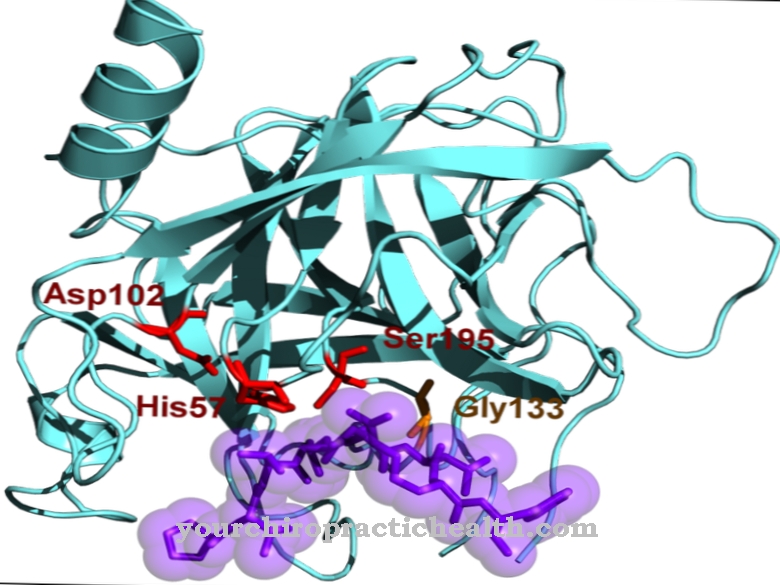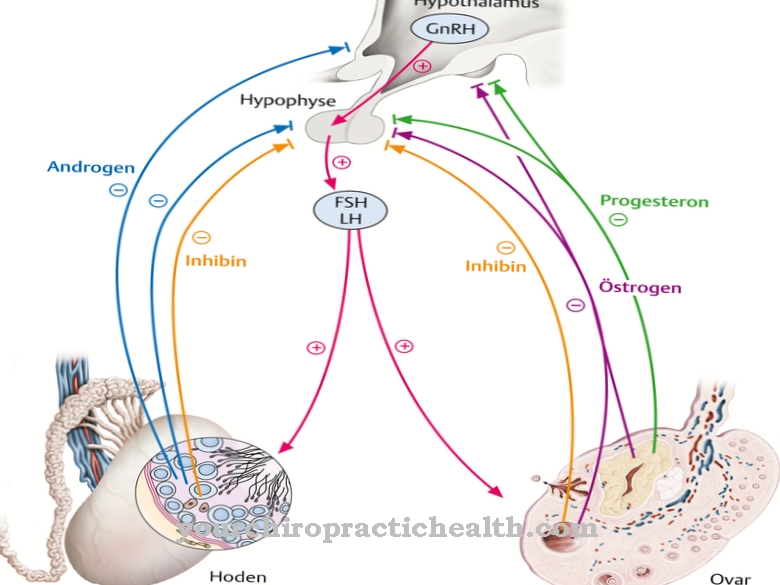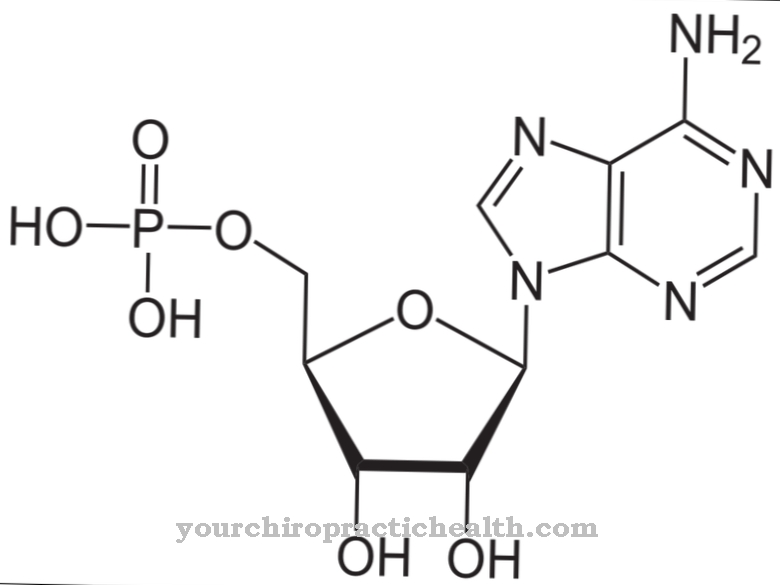Sir Humphry Davy, pioneer of modern electrochemistry, had molten alkalis by electrolysis in 1807 sodium can represent for the first time. He had broken down sodium hydroxide using the Voltasche column and made the atomic sodium pure.
How sodium works

sodium is very common in the world. The alkali metal has a percentage of 2.64 in our earth's crust, in the light of the sun and most other celestial bodies the sodium D-line is easily detectable.
Because of its violent reactivity, sodium does not occur in elemental form, but always in compounds. The largest reservoir of the bound sodium salts is the water of the world's oceans with a concentration of 11 g sodium ions per liter of sea water. As a result, dried out marine areas are profound deposits of sodium chloride (NaCl) and valuable salt extraction sites. Sodium chloride is table salt.
Oligoclase, which is also used in jewelry production, and albite, also known as soda feldspar, are sodium minerals. Other natural sodium minerals are processed into fertilizers or glass.
meaning
sodium as a basic element is of fundamental importance for human health. The organism cannot synthesize sodium itself from the food it eats. The body needs about 2 grams of essential sodium every day. This corresponds to an amount of approximately 5 grams of table salt. More precisely: 1 gram of table salt contains approximately 0.4 grams of sodium.
Maintaining the natural balance of the sodium balance is extremely important and closely related to the regulation of the body's own fluid balance as well as nerve and muscle functions, digestion, the transmission of excitation potentials and the acid-base balance.
The pressure and volume of all body fluids inside and outside the cells and the water balance of the organism are regulated by sodium. The human body contains 70 grams of sodium, around 35 percent of which is stored in the bones. This reservoir can be attacked in the event of insufficient supply in order to compensate for deficiencies. Together with potassium, sodium regulates the water balance as well as the pressure and volume of blood and other body fluids outside the cells.
This is why too much salt increases blood pressure. The body cells shrink. The daily overdose of table salt must be compensated for by additional work by the kidneys. Valuable calcium is also flushed out together with the excess salt. The increased intake of sodium can also lead to the development of edema.
Excessive sweating during exercise or pathological diarrhea generate a sodium deficiency. The body loses too much water. This dehydration disrupts muscle function and damages the kidneys eminently. Salt-free diets can lead to serious health problems, a drop in blood pressure and states of weakness.
The first signs of a sodium deficiency are muscle cramps. It has now been proven that, in addition to magnesium, a sodium deficiency is responsible for 80 percent of cramps.
Occurrence in food
The balanced salt or Sodium intake So it is very important.
The high salt content of various foods must always be calculated. Salt also acts as a preservative and flavor enhancer here. And so low-sodium vegetables and fruits as well as the economical use of table salt in the kitchen are supposed to offset the dubious effect of opulent table salt bombs.
More accurate:
Meat, fish and certain dairy products are high in sodium, Fish fingers, matjes, blue cheese or granulated broth are almost salt concentrates, of which one should eat little.
Fresh herbs and various spices often make it unnecessary to use the salt shaker. At the same time, they are healthy and provide the more refined flavor. You should strictly avoid flavor enhancers such as sodium glutamate, but always prefer drinking water that is low in sodium.













.jpg)

.jpg)
.jpg)











.jpg)